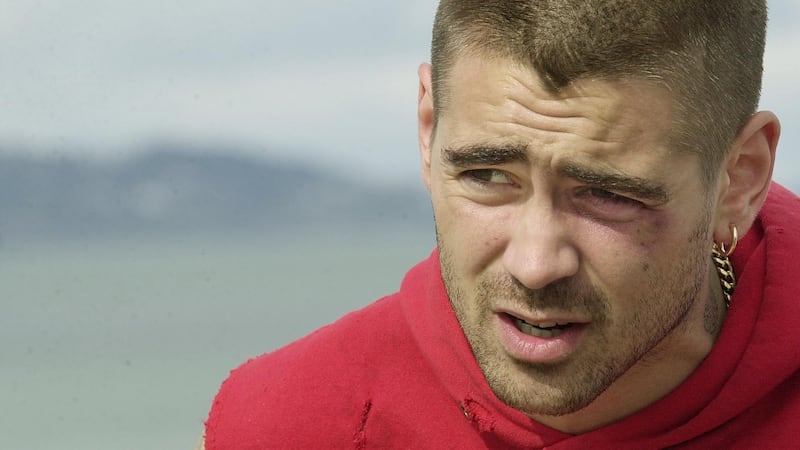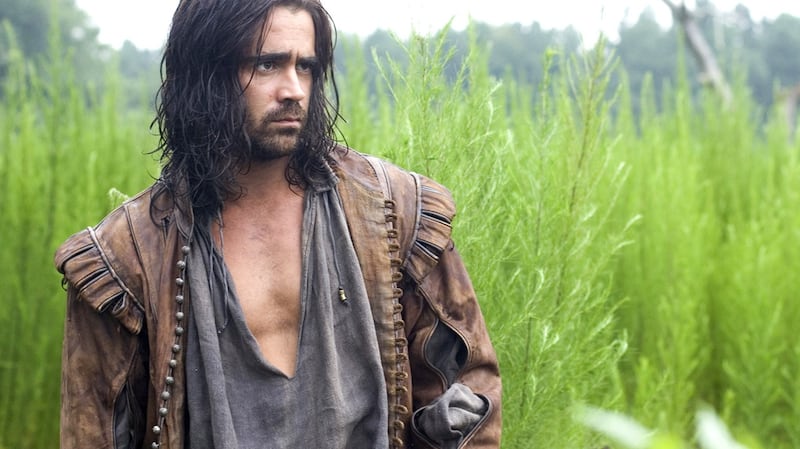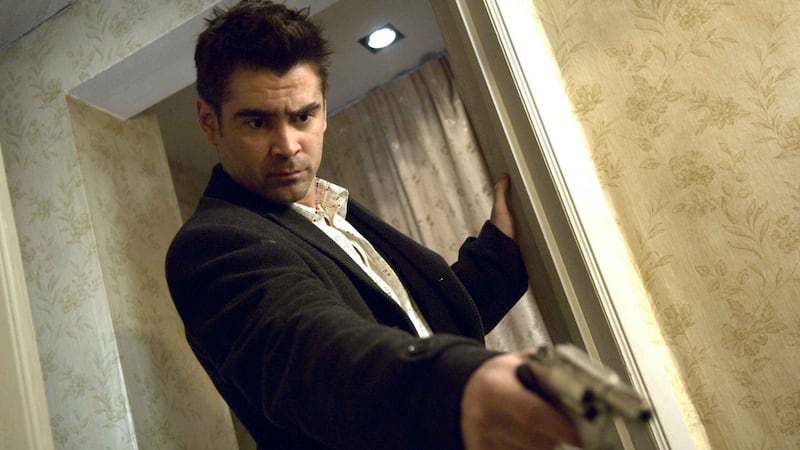It has been 17 long years since Colin Farrell first appeared in a major feature. There have been some personal inconveniences along the way, but he has shown a canny eye for the right project and the right director. Here are five significant steps in the journey.
Tigerland (2000)
Joel Schumacher’s study of soldiers training for Vietnam is a baggy beast, but it profits from a fine ensemble of unknowns headed by the charismatic Dublin man. The movie did not kick up a storm at the box office. Nonetheless Farrell got great notices and the offers began to flood in.
Intermission (2003)

After a series of indifferent Hollywood features such as Swat and The Recruit, Farrell returned to Ireland for John Crowley's cracking, Tarantinoesque jaunt around the capital. The picture, scripted by the rising Mark O'Rowe, pointed towards the coming Irish cinematic renaissance.
The New World (2005)

Now that the moody Terrence Malick shtick is beginning to wear out its welcome, it is worth looking back to the most underappreciated film of that director's later career. Farrell found his feet after a period of turmoil with his performance as Captain John Smith in this breathtaking retelling of Pocahontas's encounter with the colonisers.
In Bruges (2008)

By this stage he had worked with Michael Mann, Stephen Spielberg, Terrence Malick, Woody Allen and Oliver Stone. Martin McDonagh must have been delighted to pair him alongside Brendan Gleeson in his tale of gangsters holidaying in … well, Bruges obviously. Colin picked up a Golden Globe nomination for his work.
The Lobster (2015)

For his first English-language film, Yorgos Lanthimos, a Greek director of singularly dark comic vision, found ideal collaborators in Farrell and the Irish production company Element Pictures. If the often-uproarious The Lobster - winner of the Jury Prize at Cannes – was the entry drug to Lanthimos then Killing of a Sacred Deer is the undiluted pure stuff.













